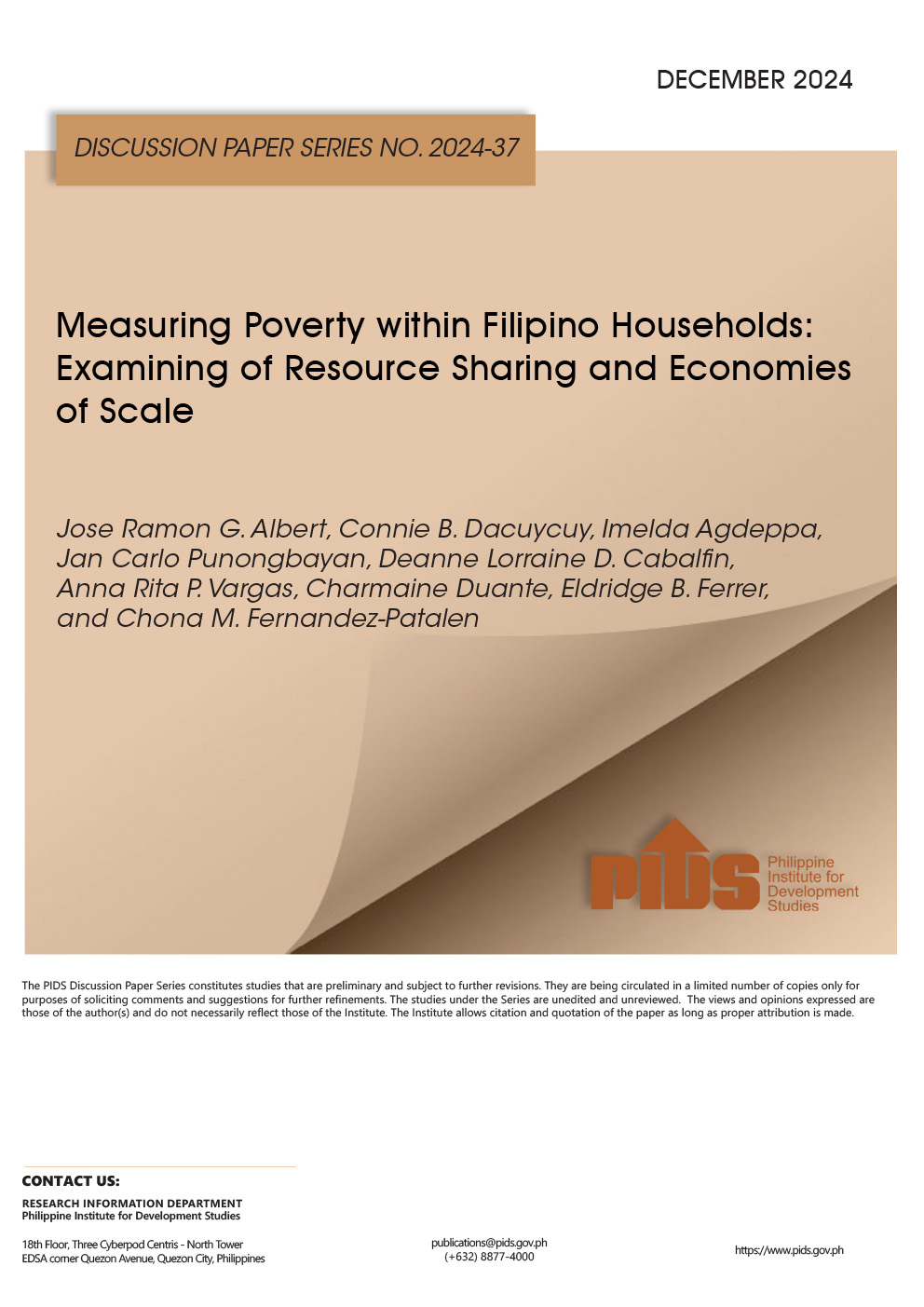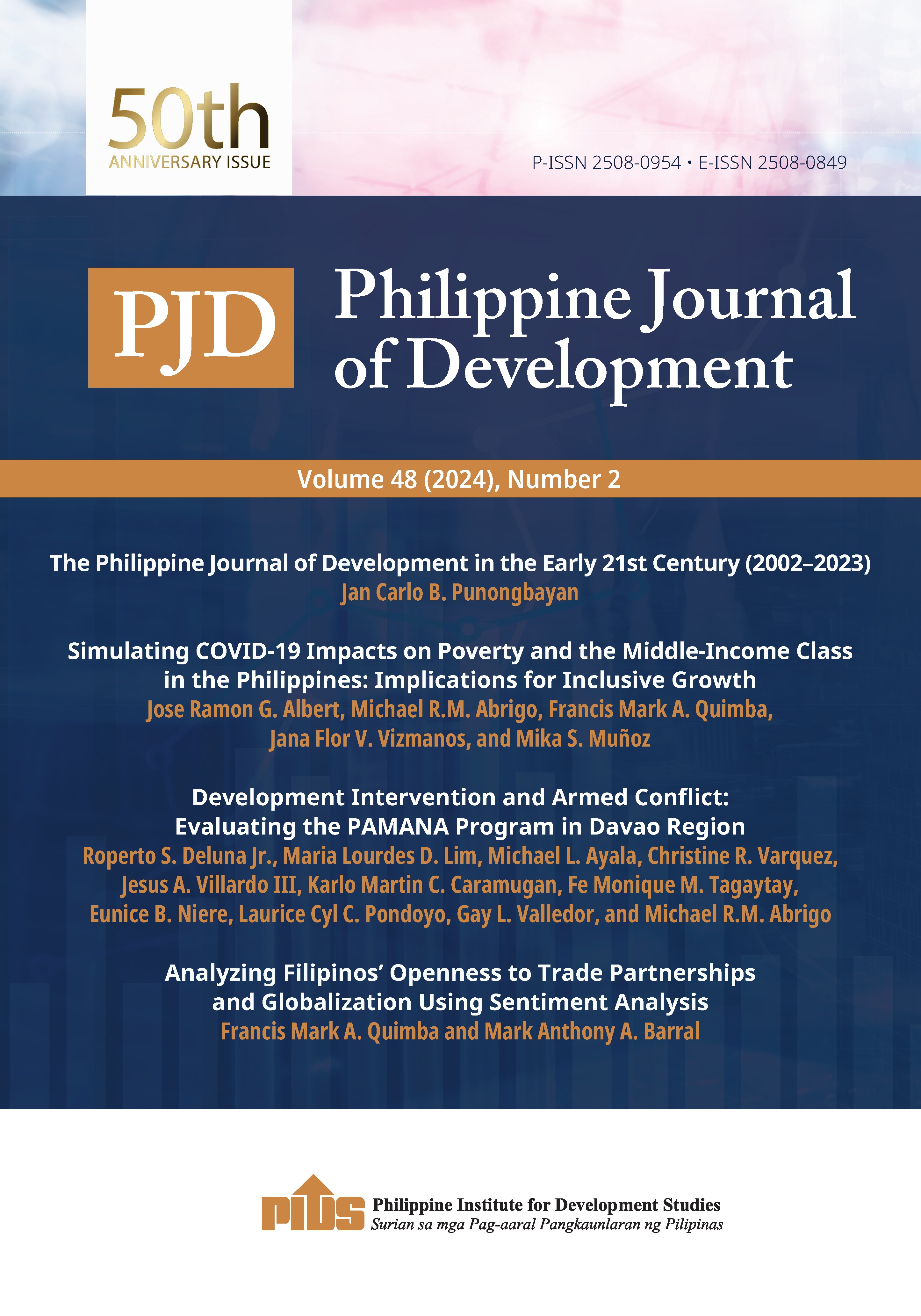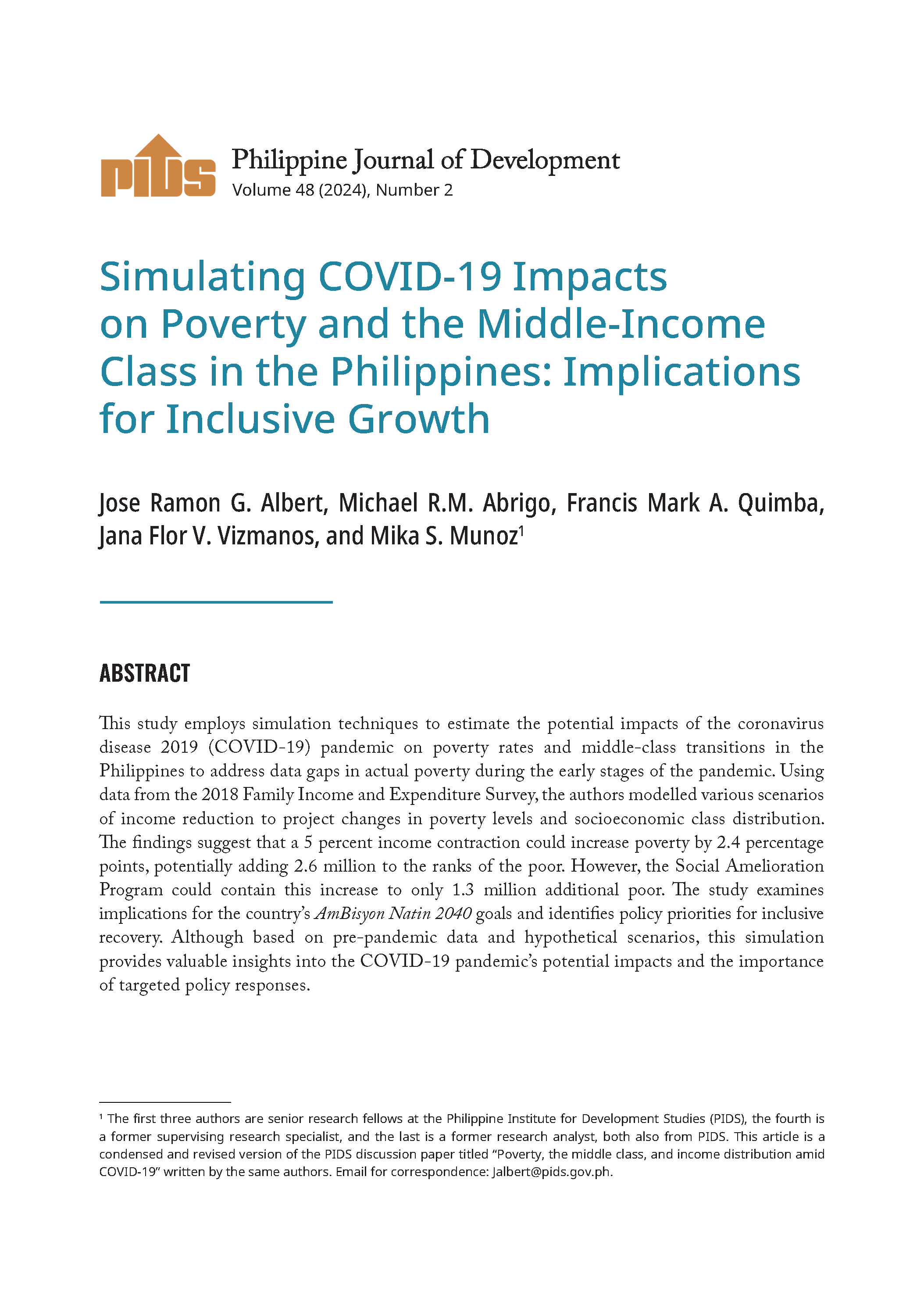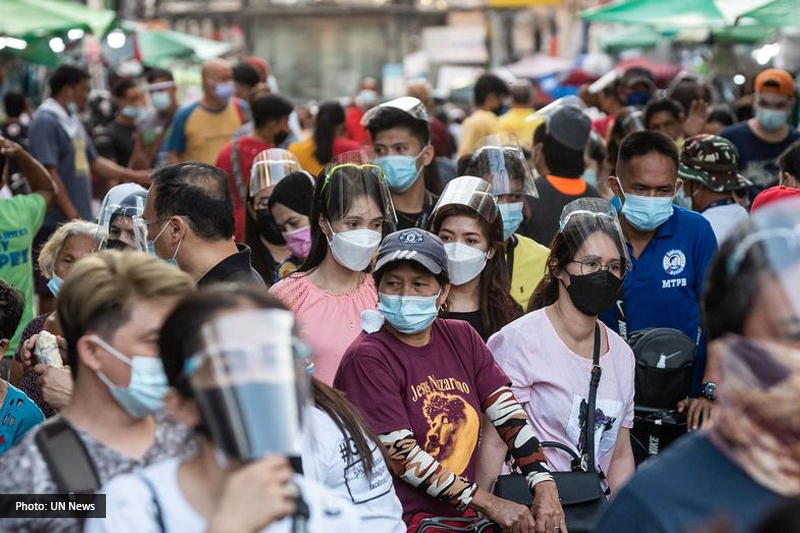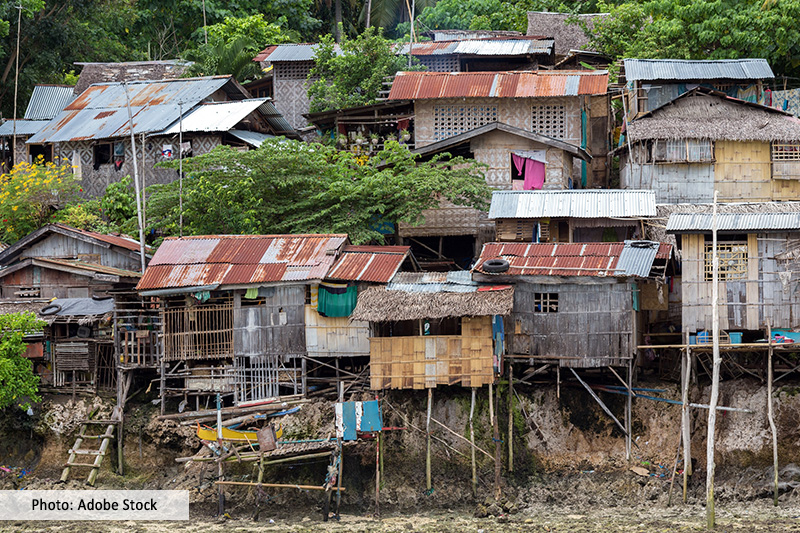The poverty situation in the country did not significantly improve despite of the six-percent economic growth posted from 2003 to 2006.
This was revealed by Supervising Research Specialist Danileen Parel of state think tank Philippine Institute for Development Studies (PIDS) in her analysis of the 2003 and 2006 rounds of the Family Income and Expenditure Survey (FIES) where 12,500 households were surveyed to determine poverty reduction at the household level.
Parel noted that the education and infrastructure services in an area are both closely associated with its poverty situation. Poverty is highly concentrated in rural areas where level and quality of education and infrastructure are very poor.
Her findings show that about 80 percent of the poor live in rural areas. The National Capital Region (NCR) has the least number of poor households, which is 0.88 percent in 2003 and 1.18 percent in 2006.
Access to electricity among poor households is only 52.73 percent in 2006, while access to potable piped water is 66.37 percent in the same year. It is miniscule compared to 80 percent of the nonpoor households that have access to electricity and piped water.
Parel also described the linkage of poverty and education. Fifty percent of the heads of poor households have no formal education, while almost 40 percent completed primary education. Only less than 0.5 percent of the poor have earned a bachelor’s degree.
Parel stressed that poor communities, especially in rural areas, must be provided with basic education and infrastructure services so that poverty reduction could be better achieved. Rural-urban linkages should be strengthened to narrow the large gap between rural and urban areas. Such linkages would enable rural households to take advantage of urban development like higher access to public goods, and more accessibility to human and physical capital and infrastructure.
She also suggested more investments in infrastructure and basic education in areas where poverty is high.
For more information on the study, you may download it from this link: DOWNLOAD PIDS DISCUSSION PAPER 2014-02
This was revealed by Supervising Research Specialist Danileen Parel of state think tank Philippine Institute for Development Studies (PIDS) in her analysis of the 2003 and 2006 rounds of the Family Income and Expenditure Survey (FIES) where 12,500 households were surveyed to determine poverty reduction at the household level.
Parel noted that the education and infrastructure services in an area are both closely associated with its poverty situation. Poverty is highly concentrated in rural areas where level and quality of education and infrastructure are very poor.
Her findings show that about 80 percent of the poor live in rural areas. The National Capital Region (NCR) has the least number of poor households, which is 0.88 percent in 2003 and 1.18 percent in 2006.
Access to electricity among poor households is only 52.73 percent in 2006, while access to potable piped water is 66.37 percent in the same year. It is miniscule compared to 80 percent of the nonpoor households that have access to electricity and piped water.
Parel also described the linkage of poverty and education. Fifty percent of the heads of poor households have no formal education, while almost 40 percent completed primary education. Only less than 0.5 percent of the poor have earned a bachelor’s degree.
Parel stressed that poor communities, especially in rural areas, must be provided with basic education and infrastructure services so that poverty reduction could be better achieved. Rural-urban linkages should be strengthened to narrow the large gap between rural and urban areas. Such linkages would enable rural households to take advantage of urban development like higher access to public goods, and more accessibility to human and physical capital and infrastructure.
She also suggested more investments in infrastructure and basic education in areas where poverty is high.
For more information on the study, you may download it from this link: DOWNLOAD PIDS DISCUSSION PAPER 2014-02

